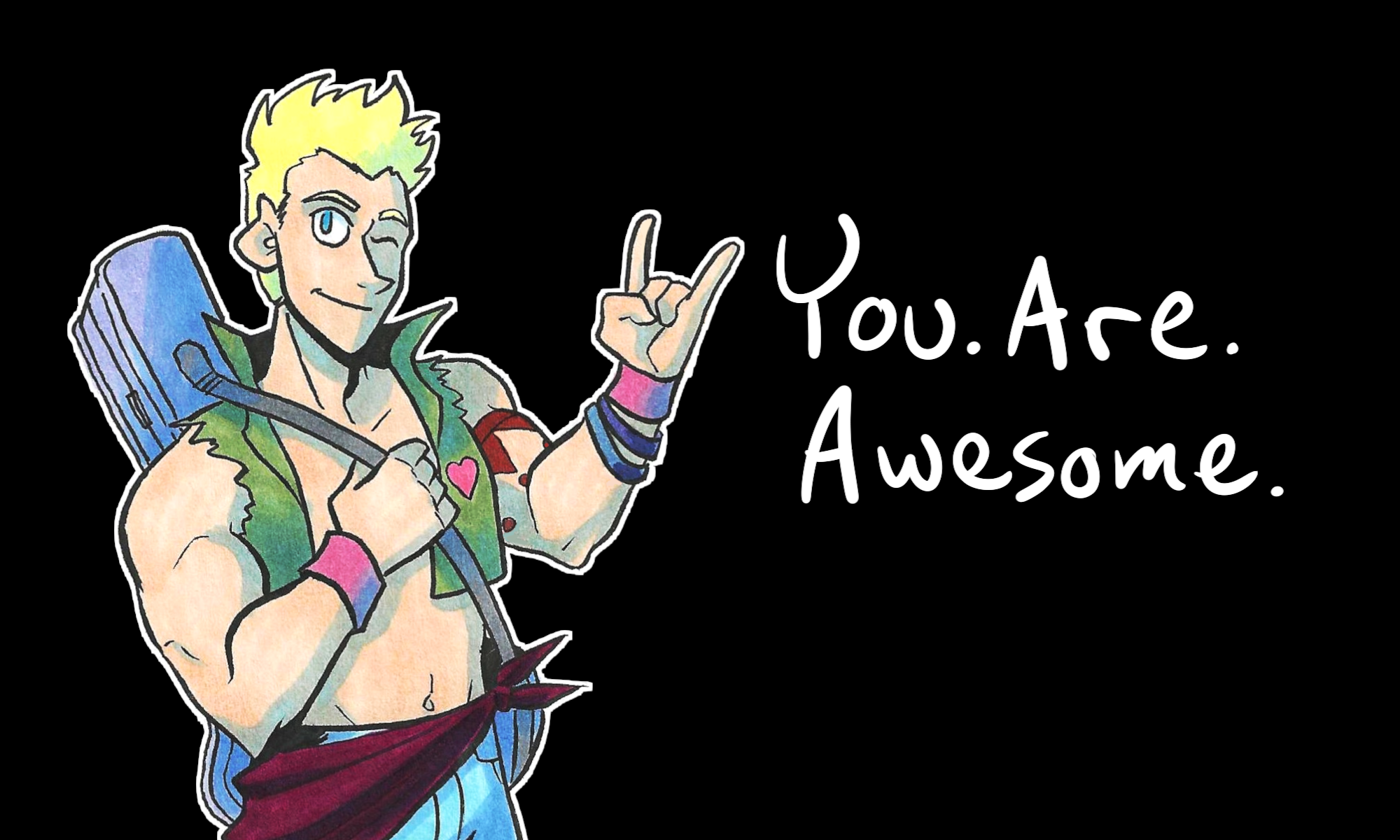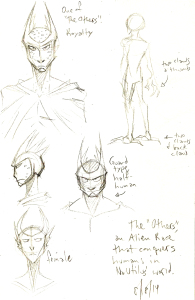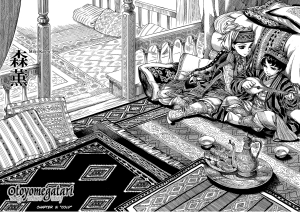So in Part 1, I talked about character design in comics, and what doesn’t tend to work. In Part 2, I talked about some character designs in practice in Validation and other personal works.
Today I would like to look at more character designs and how they can reflect or embody elements necessary to the story.
Let’s look at some characters from…Johnson & Sir.
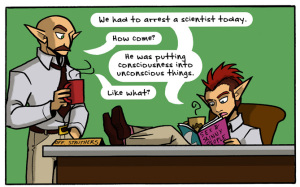
Johnson and Sir are two opposites: Sir is the busybody tough guy who plays by the rules and runs a tight ship. Johnson is a relaxed joker who figuratively pokes the bear (the bear being Sir) to make him lighten up and joke more.
Sir is well-kept and nicely groomed. His mustache is always perfect and he’s almost always standing up straight and in-charge.
Johnson…
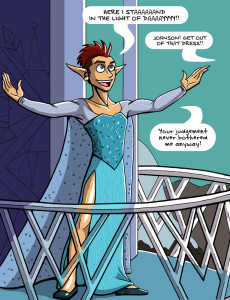
Johnson loves his dresses and is not afraid to wear them. He’s willing and able to break the expectations of society. He LOVES to do so. To match his flamboyance, he has wild hair and crazy facial expressions. While Sir is stoic, Johnson isn’t afraid to wear his heart on his sleeve.
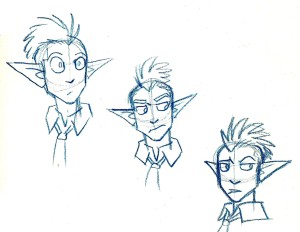
Of course, in the Fantasyville Police Force, there are characters that match up with Johnson and Sir, serving as mirrors.
Mirror characters are not new or even rare. Mirror characters are those who have the same experiences or functions of the main characters, but can oppose them in some way.
For example, Ackles is a mirror for Johnson.
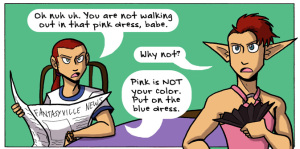
Ackles is the nice in-between of Johnson’s heart with Sir’s rationale. Ackles is reasonable but accepting of the absurdity in Johnson’s attitudes. He’s not as by-the-book as Sir is, but he still follows the rules that society has placed, for the most part. He’s not all-knowing – in fact, he’s still new to the job as a police officer, and asks a lot of questions. He’s the naive curiosity to Johnson’s experience. His naivete and curiosity are what drive him to go adventuring with Johnson and do silly, absurd things.
To reflect these characteristics in his design, he has a well-groomed image like Sir, hair that doesn’t meet societal expectations like Johnson’s, and wide, emotional and curious eyes.
So now we know about Johnson’s mirror character, Ackles. Who is Sir’s mirror character?
Pranesh.
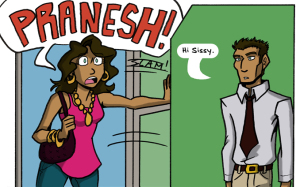
Pranesh hardly ever speaks until the Haiku Flu arc. He’s a man of few words and somber actions. He doesn’t do exaggeration like Johnson or Ackles do. He’s a quiet, determined sort of man. That’s why he has the strong chin and jaw, the broad shoulders, the high cheek bones, and the tired eyes. He’s seen things, but he carries on in his quiet way. Like a superhero.
Pranesh is much like Sir in his stoic nature and ramrod-straight posture. He carries himself with dignity, like Sir (for the most part) does.
But Pranesh is a bit too stoic. We don’t see him smile. He hardly ever jokes, unless it’s in a deadpan, dry way.
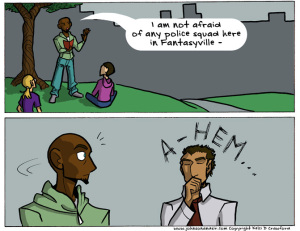
He serves as the mellow contrast to those rare moments when Sir unwittingly lets an emotion loose, like humor or fear.
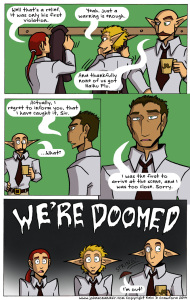
While Ackles is complimentary to Johnson, Pranesh is almost a caricatured personification of Sir’s dryness. He is what Sir COULD become, if it weren’t for Johnson poking him with the metaphorical silly stick.
So in designing these characters, everything plays a part – their facial expressions, their posture, their body language, their hair and clothes (when they’re not in police uniform). Keep these factors in mind when you create your own characters for comics and, hopefully, your characters will become much more real.
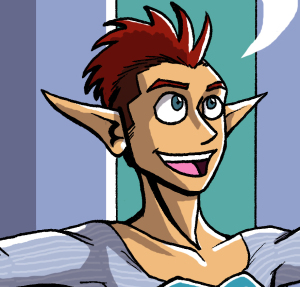
So did you like this 3-part series? Would you like me to keep talking about character design for comics? What have you learned from my ramblings about character designs? Leave your thoughts in comments below!
Also! Did you like Johnson expressing his inner Elsa? Because you can get it as a print to hang on your wall! Or your friends’ wall. Or wherever people need to burst into motivational song.
This blog post was the last one in a week of daily updates. Thank you to everybody who read my posts everyday! I’ll see you on Monday.
